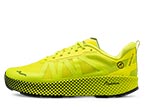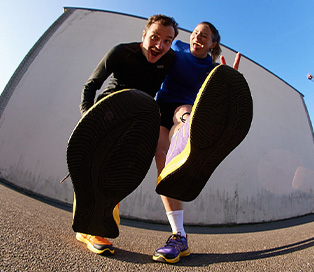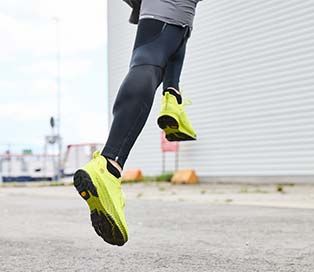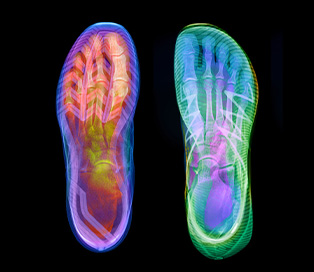References
Chou S, Cheng HK, Chen J, Ju Y, Wong MA. The role of the great toe in balance performance. Journal of Orthopaedic Research. 2009; 27:549-54.
D'Aout K, Pataky TC, De Clercq D, Aerts P. The effects of habitual footwear use: foot shape and function in native barefoot walkers. Footwear Science. 2009; 1(2):81-94.
Hoffman P. Conclusions drawn for a comparative study of the feet of barefooted and shoe-wearing peoples. The Journal of Bone and Joint Surgery. 1905; 3:105-36.
Munteanu SE, Menz HB, Wark JD, Christie JJ, Scurrah KJ, Bui M, Erbas B, Hopper JL, Wluka AE: Hallux valgus, by nature or nurture? A twin study. Arthritis Care & Research 69: 1421-1428, 2017.
Nix S, Smith M, Vicenzino B: Prevalence of hallux valgus in the general population: a systematic review and meta-analysis. Journal of Foot & Ankle Research3:21.
Plank M. The pattern of forefoot pressure distribution in hallux valgus. The Foot. 1995; 5(1):8-14.
Rolian C, Lieberman DE, Hamill J, Scott JW, Werbel W. Walking, running and the evolution of short toes in humans. Journal of Experimental Biology. 2009; 212:713-21.
Shu Y, Mei Q, Fernandez J, Li Z, Feng N, Gu Y. Foot morphological difference between habitually shod and unshod runners. PLoS ONE. 2015; 10:e0131385.
Yavuz M, Hetherington VJ, Botek G, Hirschman GB, Bardsley L, Davis BL. Forefoot plantar shear stress distribution in hallux valgus patients. Gait and Posture. 2009; 30(2):257-9


















